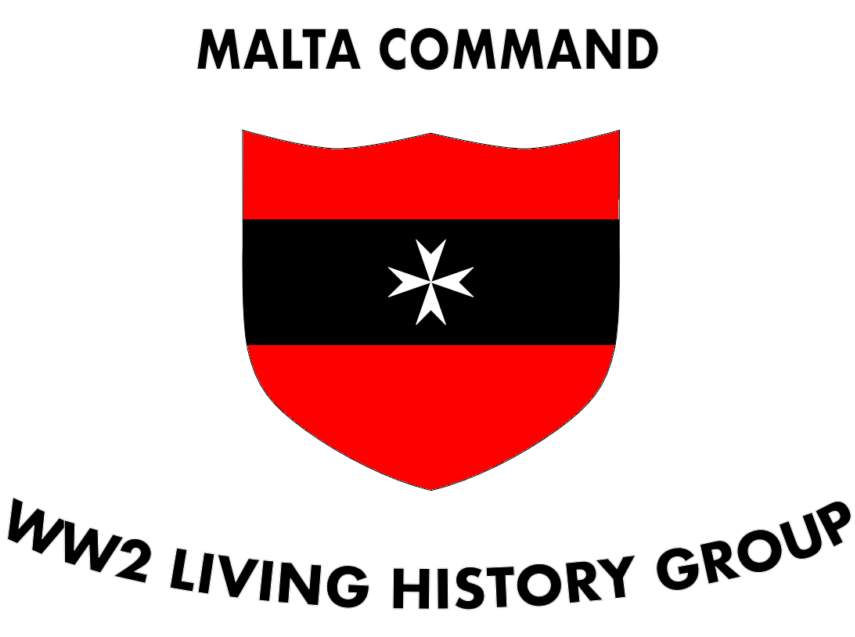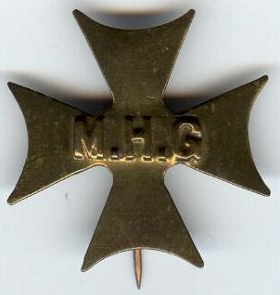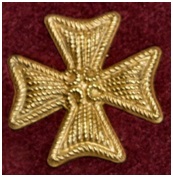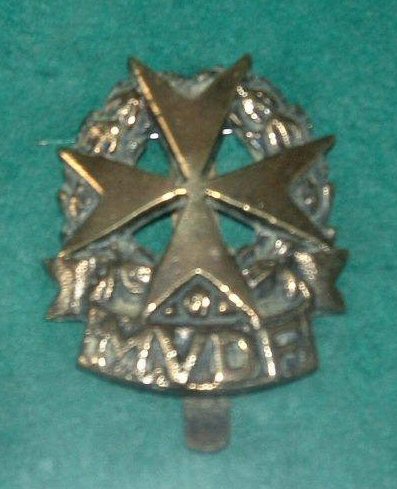Preparations
The need for a Volunteer Territorial Force or a Reserve Defence Force in Malta was being considered as early as the Abyssinian Crisis of 1935, when Fascist Italy invaded Ethiopia and in 1936 when Italy sided with General Franco during the Spanish Civil war. Italy’s friendship with Nazi Germany grew stronger with the ‘Pact of Steel’ in 1939 and when in 1940 declared itself an ally with Germany. By then, Britain and the Empire had already been at war with Germany since September of 1939. The Mediterranean was a war zone.
In 1939, the Malta Auxiliary Corps was raised by means of the Malta Territorial Force Ordinance. These were mainly as cooks, mechanics, orderlies and drivers, the latter even volunteered using their own cars and trucks. A number of businessmen who were not eligible for military service commenced contacting the British military authorities and offered to serve as required in the defence of the islands and for King and Country. As early as April and May 1940, other letters were written by Maltese businessmen to (Sd) JWD Locker, Assistant to the Lieutenant Governor, who offered their service and of the men in their employment, for voluntary service. At the time, this subject was being discussed by the G.S.O. at Castille and the Local Defence Committee.
British intelligence had foreseen that an alliance between Italy and Germany was imminent. The military authorities realised that since the islands were already having success in attacking supplies to German troops in North Africa, Malta would be at the top of Italy’s agenda to attack. Further mobilisation and defensive measures of the island and the population became in force.
Lieutenant-General Sir William George Shedden Dobbie had arrived in Malta on April 27, 1940 as Acting Governor-General and Commander-in-chief of Malta. He was confirmed as Governor of Malta a year later.
On the day Italy declared war Dobbie issued a statement to the garrison:
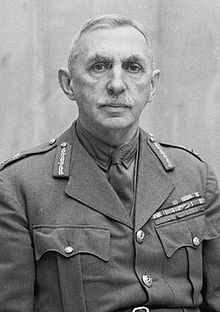
“The decision of His Majesty’s government to fight until our enemies are defeated will be heard with the greatest satisfaction by all ranks of the Garrison of Malta.
It may be that hard times lie ahead of us, but I know that however hard they may be, the courage and determination of all ranks will not falter, and that with God’s help we will maintain the security of this fortress. Lieutenant-General Sir William George Shedden Dobbie
I call on all officers and other ranks humbly to seek God’s help, and then in reliance on Him to do their duty unflinchingly.”
Formation
The Malta Volunteer Defence Force (MVDF) was formed on June 2, 1940 to augment the local defence of the Maltese Islands by providing static defence to villages, protection of vulnerable points and by giving timely notice of enemy movements to superior military organisations.
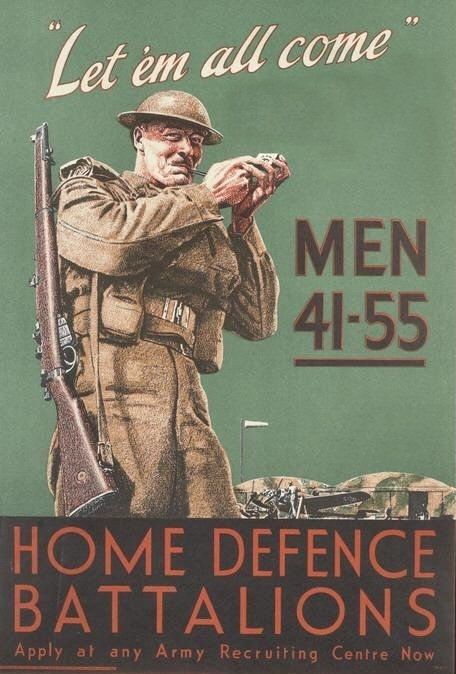
This Force was made up from amongst local hunters (kaccaturi) and other game-shooters from the farming community. A further addition was composed of Boy Scouts and government employees who were exempted from military service because their work was classified as essential, but opted to enlist as ‘volunteers’. Although being too young to join any of the services, there were also many enthusiasts, very often young boys in their teens. The volunteers did not receive any pay and were subject to military discipline. Within a few weeks, their numbers swelled to some 3,000 strong.
A few months later, the MDVF was renamed the Malta Home Guard and retained the role to shoot at any parachutists in an attempt to invade the island. Initially, the men wore civilian dress. Training was conducted by British and Maltese army instructors, mainly by the King’s Own Malta Regiment and the 2nd/Queen’s Own (Royal West Kent), to which KOMR Captains H. Parnis England and S.C. Xuereb were assigned. Many men were familiar with firearms, some even having served earlier in uniform and were now aged or invalid, but most attained a high standard of marksmanship.
In February 1941, Lt. Col. Edgar Joseph Vella E.D. (66879) was promoted to a full Colonel and given administrative command of the four KOMR Battalions, the Malta Pioneer Group and the Home Guard, with Headquarters at ‘Dar Borg, in St. Valentine Street, Balzan. For his service, he was awarded the Order of the British Empire, as published in the London Gazette January 6, 1944.
The ‘Regulations’ issued on June 1, 1940 stated, that:
“Under Section 2 of the Malta Territorial Force Ordinance, 1939, as amended by Government Notice No 247 published on the 1st June 1940, the Officer Administrating the Government hereby prescribes a unit of armed infantry designated “The Malta Volunteer Defence Force”. Under Sub-Section (1) of the Section 3 of the Malta Territorial Ordinance, 1939, the Officer Administrating the Government hereby makes the following regulations: Uniform etc.: 1. Members of the Malta Volunteer Defence Force shall wear such uniform or badge while on duty as shall be approved by the Governor. Remuneration: 2. Service in the Malta Volunteer Defence Force shall be unpaid, but the Government may authorize the payment of out of pocket expenses and in cases of hardship, of subsistence allowance to any member of the force. Arms etc. - Government Property: 3. All arms and equipment issued to any member of the Malta Volunteer Defence Force shall remain the property of the Government. Injury and death gratuity: 4. The government may pay such injury gratuities, or death gratuities to any member of the Malta Volunteer Defence Force or to his dependents, in case of injury or death on active service, as may be recommended by the Governor and approved by the Secretary of State”.
The following new regulations were issued in April 1941:
“His Excellency the Officer Administrating the Government has been pleased to make the following Regulations:- 1.These Regulations may be cited as the Defence (Malta Volunteer Defence Force) Regulations 1941. 2. (1) There shall be established a force to be called the Malta Volunteer Defence Force consisting of such male British subjects as may, in accordance with instructions issued by the Governor, voluntarily undertake to serve therein without pay, and be accepted for such service. (2) The period for which persons may be enrolled to serve in the Malta Volunteer Defence Force and the conditions of their service therein shall be such as may be prescribed by instructions issued by the Governor, and such instructions shall make provision for matters relating to the Malta Volunteer Defence Force and in particular for their organization, government, training and duties: Provided that such instructions shall not require members of the Malta Volunteer Defence Force- (a)to give whole time service; or (b)to live away from their homes; or (c)to enrol for a period exceeding the period of the present emergency; and shall provide for the enabling the service of any member to be determined by the competent authority at any time, or, at the member’s own request, by fourteen days’ notice in writing given by him. (3) Members of the Malta Volunteer Defence Force shall be members of the Armed Forces of the Crown and every such member shall, notwithstanding that he may hold any rank or commission in any other of His Majesty’s Forces, be subject to military law as a soldier, and the Army act, 1881 (44 and 45 Vic. Cap. 58) as amended by subsequent acts shall apply to all members of the Malta Volunteer Defence Force as though they were included in Section 176 thereof. (4) For the purpose of this Regulation the present emergency shall be deemed to end or to have ended, as the case may be, on such date as the Governor may by Proclamation declare to be the day of the termination of the emergency announced by Proclamation No. XLI of the 24th day of August 1939. 3.Without prejudice to anything done hereunder, Government Notice No. 248 dated June 1, 1940 is repealed.
Uniform
Initially, the Malta Volunteer Defence Force did not wear any particular uniform but civilian dress, mainly a suit or similar attire. They were issued a ‘Brodie’ steel helmet, and recognised by an armband with the letter ‘V’. The authorities wished for the men to be dressed in overalls as in the United Kingdom, but at a later date they were issued with dark khaki denim battle fatigues and not all units wore armbands. This uniform was found better suited than the thick serge battledress especially in hot weather. They also wore the standard issue khaki barathea field service cap, with a distinctive Maltese Cross badge.
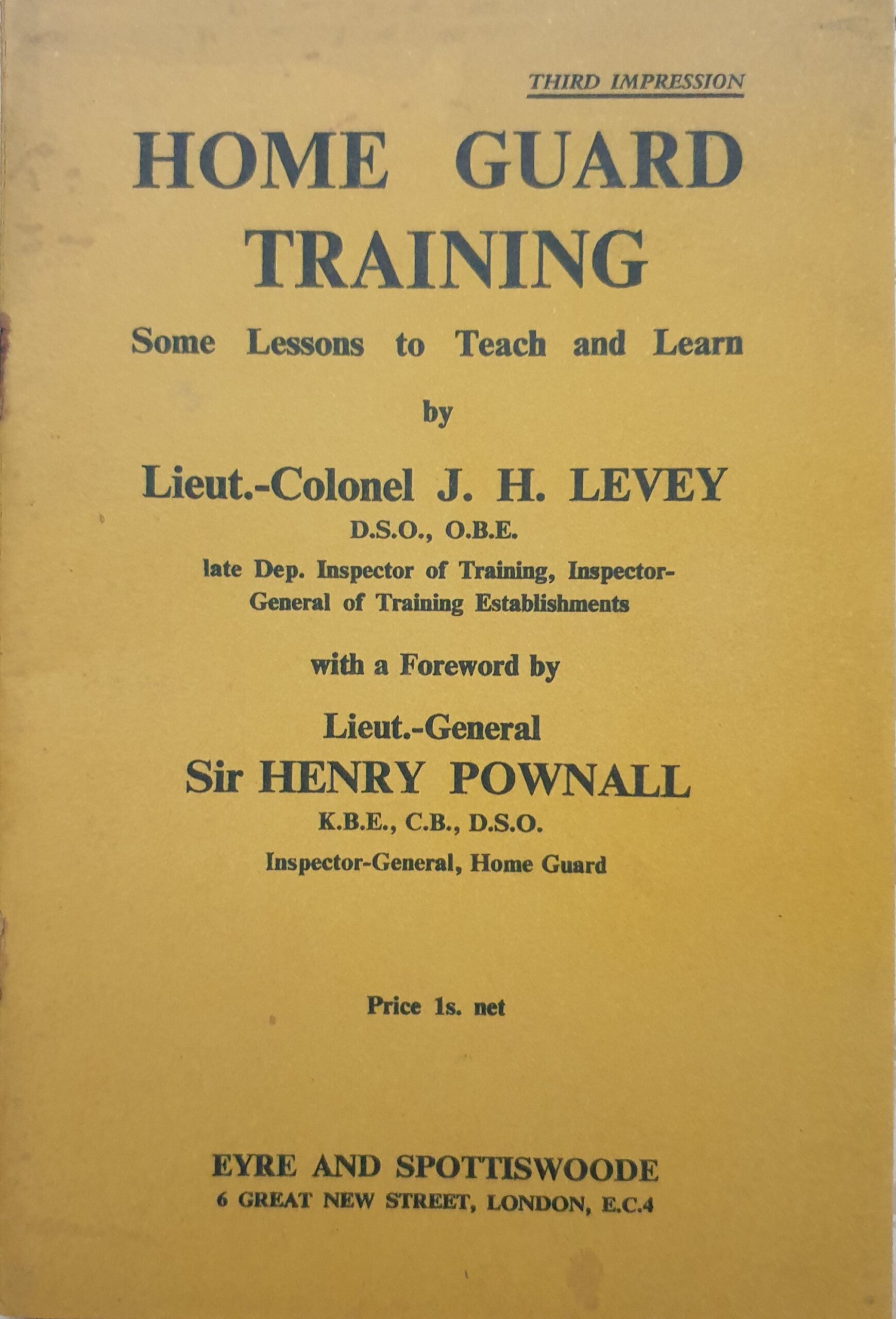
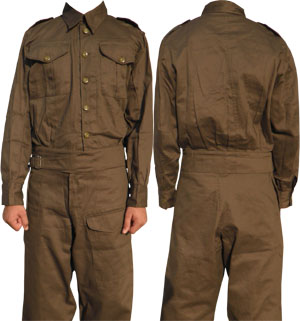
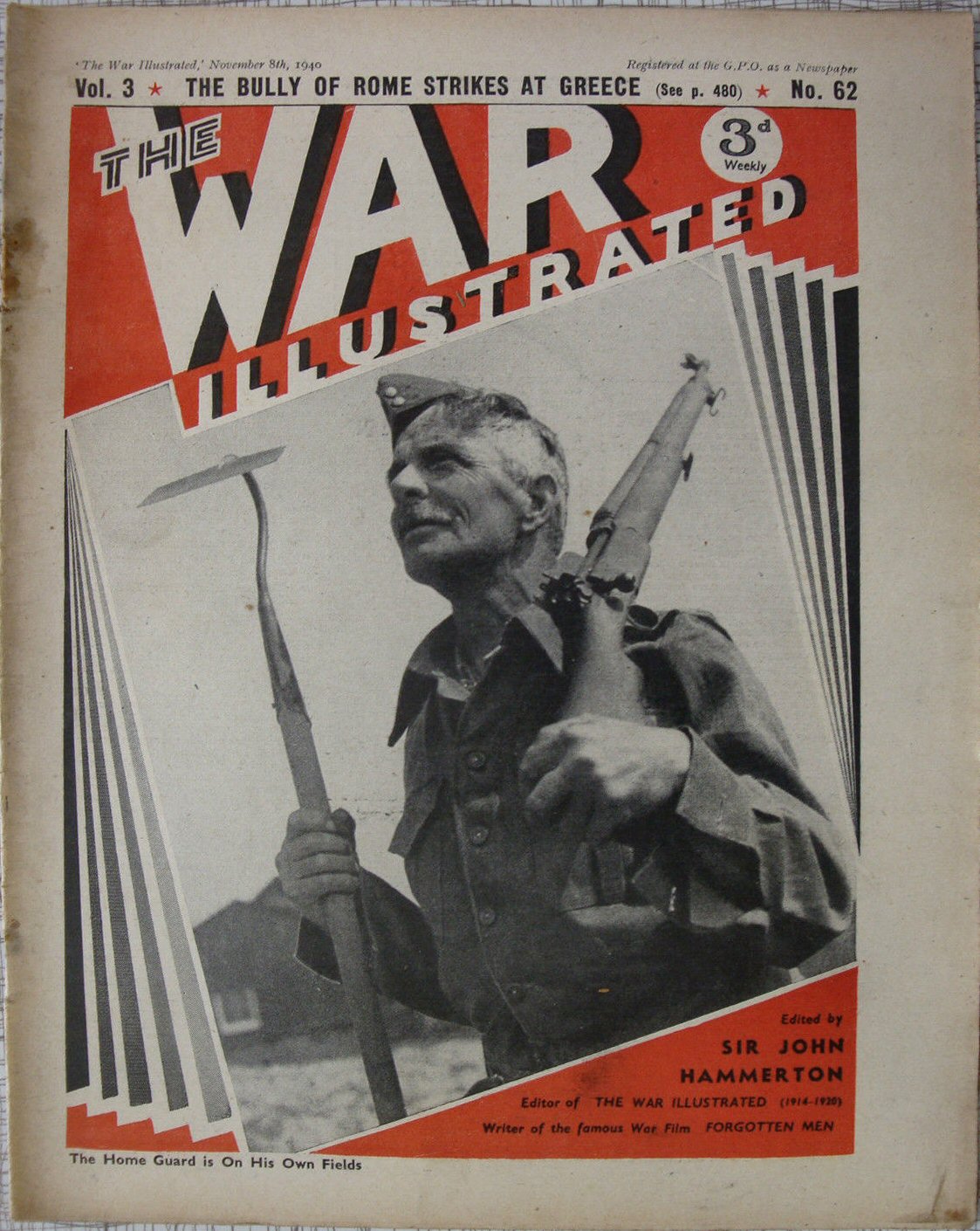
Weapons
Some men provided their own shotguns but since the number of Enfield .303’s was limited to the regular troops, the remainder were issued with P14s and captured Italian Mannlicher-Carcano M-91 bolt action rifles and grenades. When on patrol, some men carried the 1907 sword bayonet.


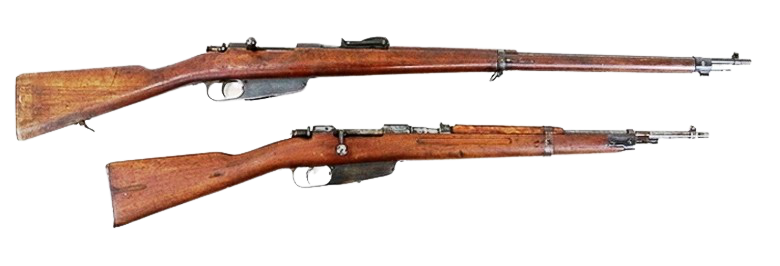
Other items
Webbing was the 1937 pattern issue. They were also issued with respirators in case of a gas attack and carried water bottles.
Malta Home Guard Cap Badge
The badge was of thin brass, measuring 35mm and was made locally at the dockyard. It bore the embossed letters ‘M.H.G’ and was attached by means of a pin soldered to its rear. Some contemporary photos show that alternative older Maltese Cross shoulder badges were worn and even no badge at all.
Officers wore peaked caps and their badge consisted of a Maltese Cross superimposed on a laurel wreath with M.H.G on a scroll below, in cast brass. The badge for officers of the Malta Volunteer Defence Force was similar but with M.V.D.F.
Disbandment
Following the surrender of Italy on September 8, 1943, the war abated from Malta, and therefore the services of the Home Guard were no longer required. In fact, Malta had become the base for the Invasion of Italy. Many of the war-raised units in Malta were no longer required and their numbers were being slowly reduced. The Malta Home Guard was demobilized on December 10, 1944, seven days after those of the UK.
During the period of its existence, the Home Guard did not meet any emergency other than a few false alarms and suffering the same deprived conditions as the rest of the islanders.
To mark the disbandment, ‘Stand-Down Parades’ were held at Hamrun, San Anton, St. Julian’s and Mellieha. The Home Guard eventually totalled 4,500 men. On December 11, a final parade of the Home Guard was held for His Excellency the Governor and Commander in Chief, Lieutenant General Sir Edmond Schreiber with an inspection by Brigadier De La Bere. For this occasion, Sir Edmond issued the following message:
“It is now four and a half years since ‘The Malta Volunteer Defence Force’ first came into being. Your country was in danger and 3,000 volunteers immediately answered the call to come forward and help in its defence. Later your Force was re-named the Home Guard, the same name as was given to your comrades in arms in the United Kingdom. Like them you were at first badly armed and untrained, but again like them that vital thing, the fighting spirit, permeated your ranks. As your name implies, your task has always been to guard your homes, in other words, to defend your towns and villages. Eighteen months ago you had nearly 4,500 men performing this duty. By God’s mercy and through the efforts of the Regular Services, backed up by your readiness to fight, Malta has been spared the horrors of invasion which have been suffered by so many less fortunate countries. The tide of battle has receded from the shores of Malta and is now entering the homeland of our arch enemy, Germany. Total victory has not yet been won, but it is within sight. That is why the Home Guard can now ‘Stand Down’. You may well feel proud of your efforts of the last four and a half years and that you volunteered to accept the great privileges of service. It is that spirit of service and devotion to duty, without thought of personal profit or gain, which has built up and preserved the British Empire to which we are all so proud to belong. On behalf of His Majesty The King, I thank you. This is my message to you - may the recent years of comradeship of arms bear fruit in a happy comradeship of peace”.
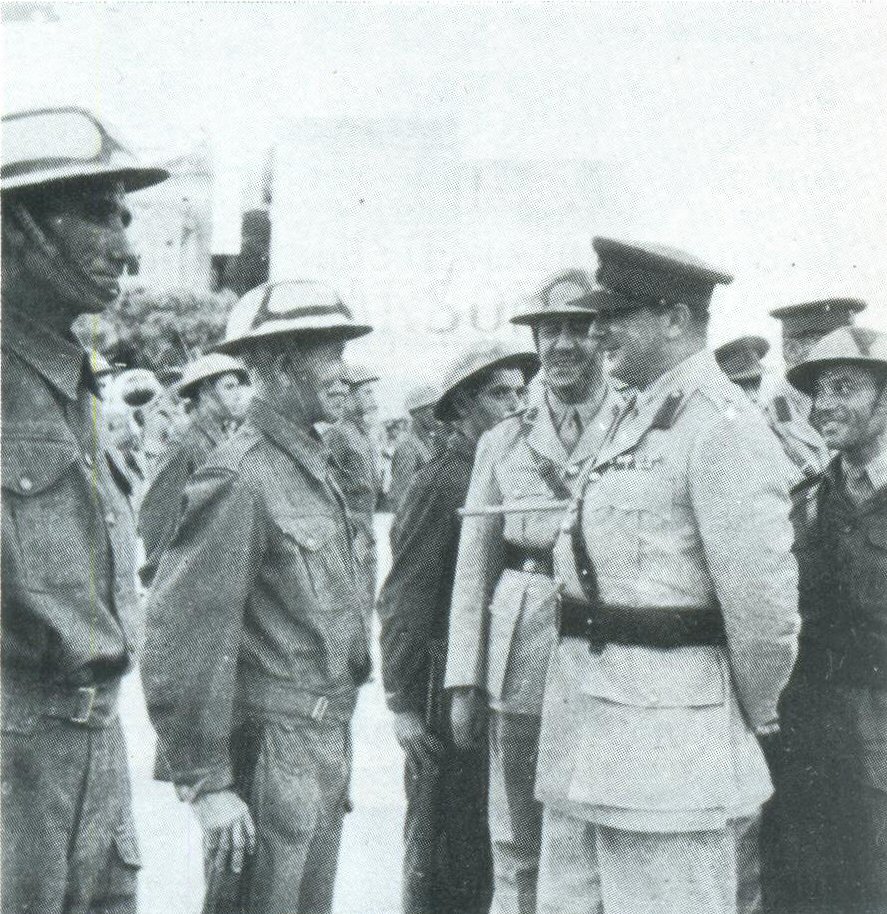
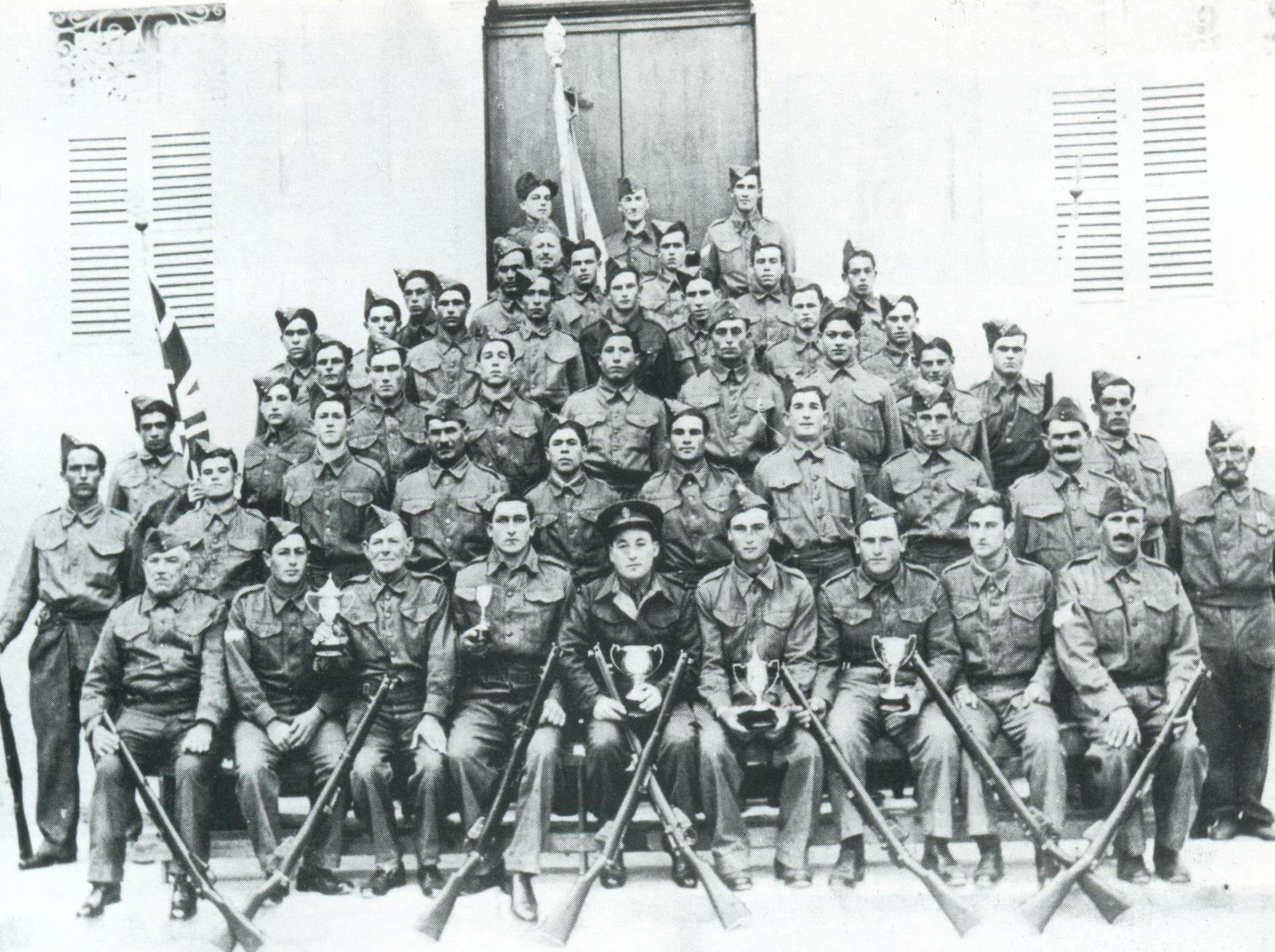
Article researched by Denis A. Darmanin
Sources and acknowledgements:
-Formation of a Volunteer Territorial Force, FCO141/9097, National Archives, UK
–Malta: Blitzed But Not Beaten, Philip Vella, 1998*
-The History of the King’s Own Malta Regiment and the Armed Forces of the Order of St. John, Joseph M Wismeyer, 1989
-Col. Walter Bonnici, RAMC
-Mr Patrick Farrugia
-Mr Patrick Micallef, KOMR
